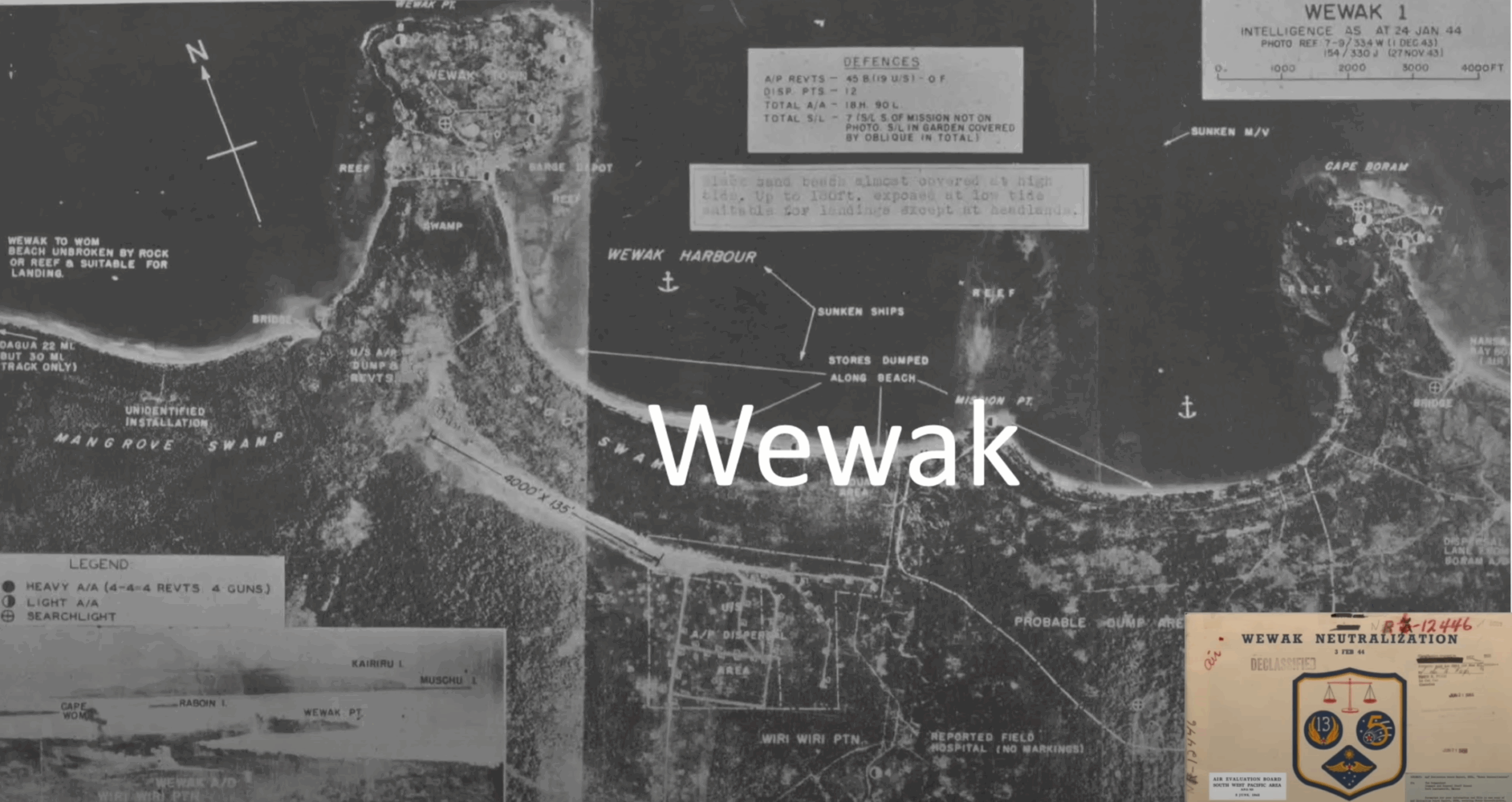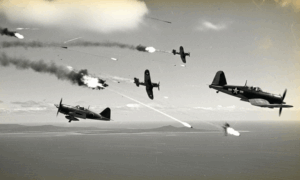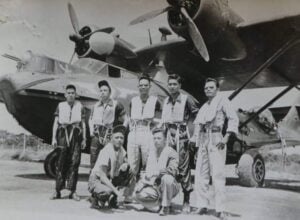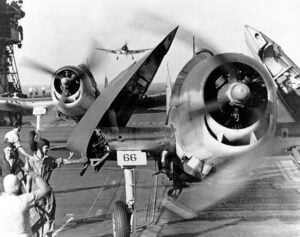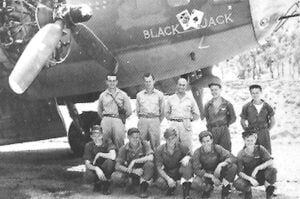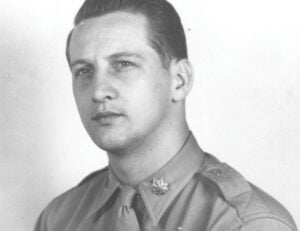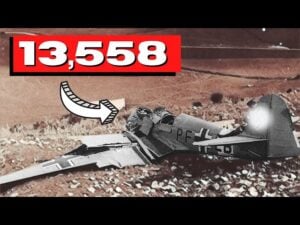The Story of General Kenney’s WWII Masterstroke Leads to the Annihilation of 60 Japanese Fighters in New Guinea
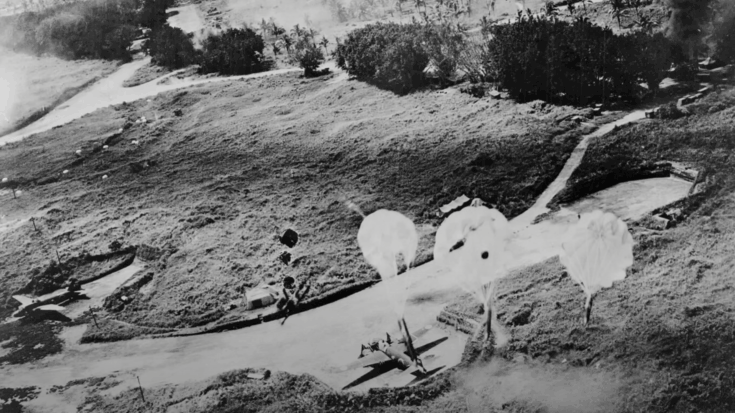
WWII US Bombers / YouTube
Setting the Stage
In early 1944, Allied forces in New Guinea faced growing concerns as dozens of Japanese aircraft gathered at key airfields. General George Kenney of the Fifth Air Force saw not just a threat but an opportunity. He planned a clever operation to draw enemy planes out of hiding and into harm’s way, resulting in one of the most effective attacks of the campaign.
By February 1944, Japanese air strength in the region had grown significantly. From late 1943 to early 1944, the number of enemy aircraft near Port Moresby swelled from 173 to 282. These planes were dispersed across four dirt airfields—Boram, Wiiwac, Dagua, and Butt—each with runways between 4,000 and 6,700 feet. Their natural surfaces were prone to damage, but the aircraft remained a constant danger. General Kenney’s goal was simple: destroy as many enemy planes on the ground as possible without risking Allied lives.
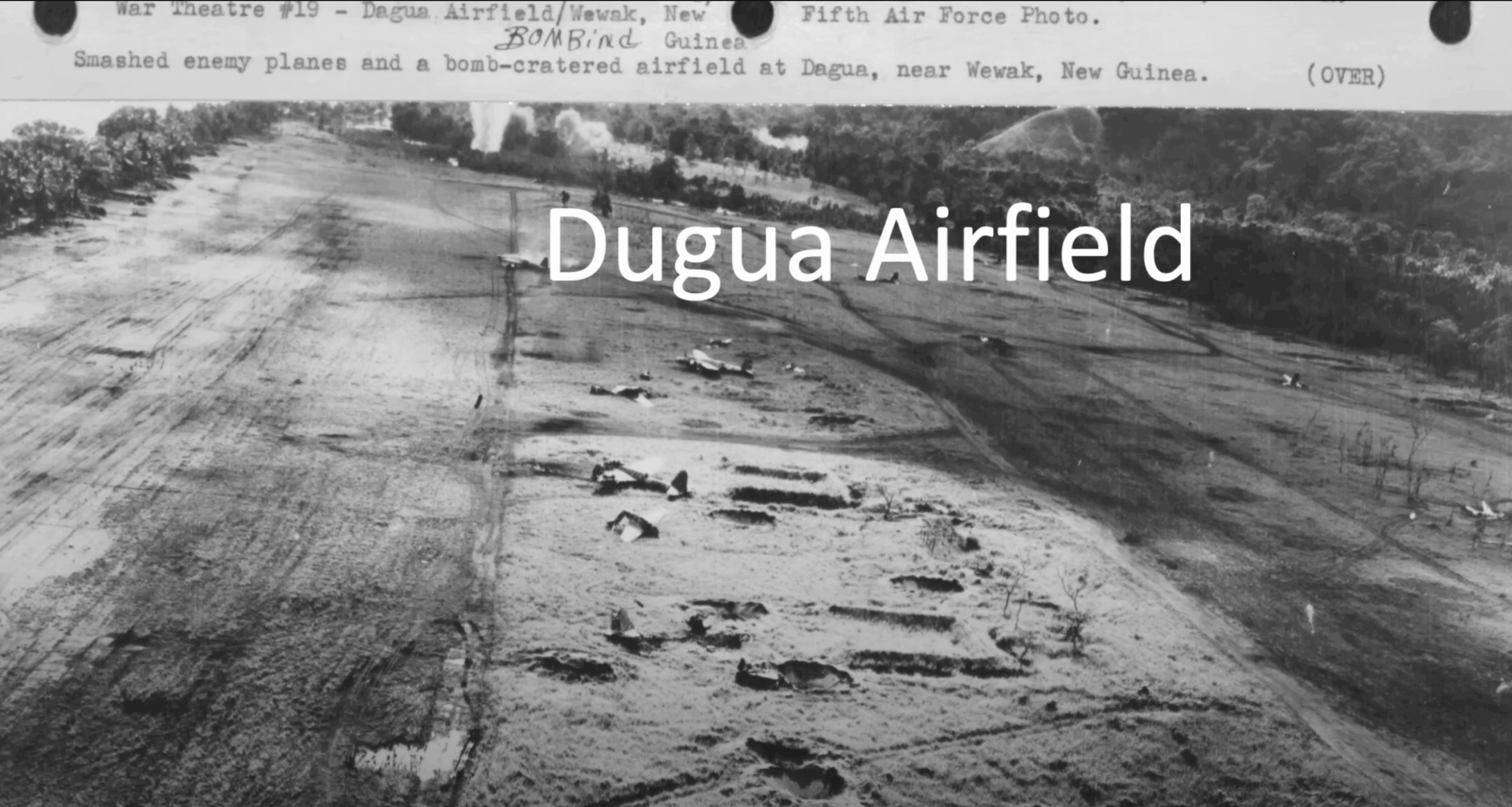
The Deception
Instead of hitting all four fields at once, Kenney chose a two-step strategy. First, the Allies bombed Boram and Wiiwac from high altitude. This hit-and-run style, with B-24 bombers dropping heavy 1,000 and 2,000‑lb bombs, cratered the runways. It was not about destroying planes but forcing pilots to leave. As the airfields became unusable, Japanese crews scrambled their planes to the supposedly safe airfields at Dagua and Butt. This movement led to a buildup of aircraft, lined up densely on the ground.
With the enemy lured into a trap, the Allies launched the second phase. More than 60 B‑25 Mitchells, backed by around 66 fighter escorts, swept in at very low altitude. They struck with speed, using paraphrag (cluster) bombs dropped among the tightly-packed planes and strafing runs from machine guns. At Dagua, 40 B‑25s dropped over 250 cluster bombs and countless rounds of ammunition. At Butt, 22 B‑25s struck, releasing hundreds more bombs and bullets. The results were precise and devastating: 60 Japanese aircraft destroyed and 20 damaged, while the Allies suffered zero losses.
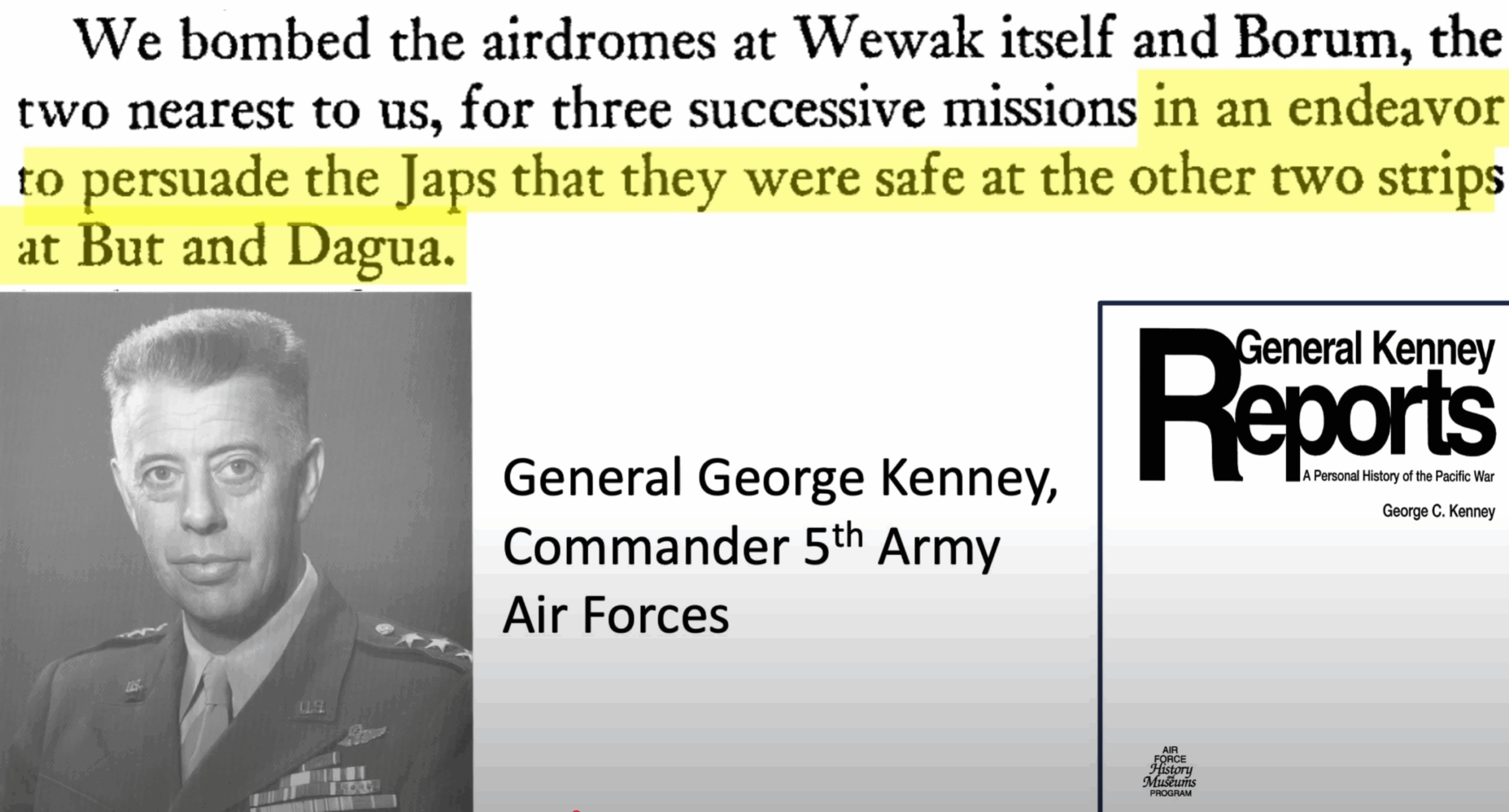
Why It Worked
The success hinged on careful planning, timing, and misdirection. First-phase bombing paved the way by forcing enemy pilots to relocate. Second-phase low-level bombing and strafing took full advantage of the dense buildup. Paraphrag bombs, especially the standard 23‑lb models, were excellent at damaging parked aircraft and their support gear. With airfields unguarded at treetop level, the attack achieved almost complete surprise.
This New Guinea strike stands out as a clear example of combining intelligence, strategy, and weapon choice. The operation demonstrated how airpower, when guided by clever planning, could cause enormous damage without direct confrontation or risk to Allied crews. The destroyed aircraft represented lost enemy capability, and the crippled airfields further delayed future threats.
Kenney’s plan also showed the power of manipulating enemy behavior. By tricking Japanese pilots into a false sense of security, the Allies turned weakness into strength. It remains a textbook example of how deception, combined with precise execution, can deliver dramatic results in military operations.
